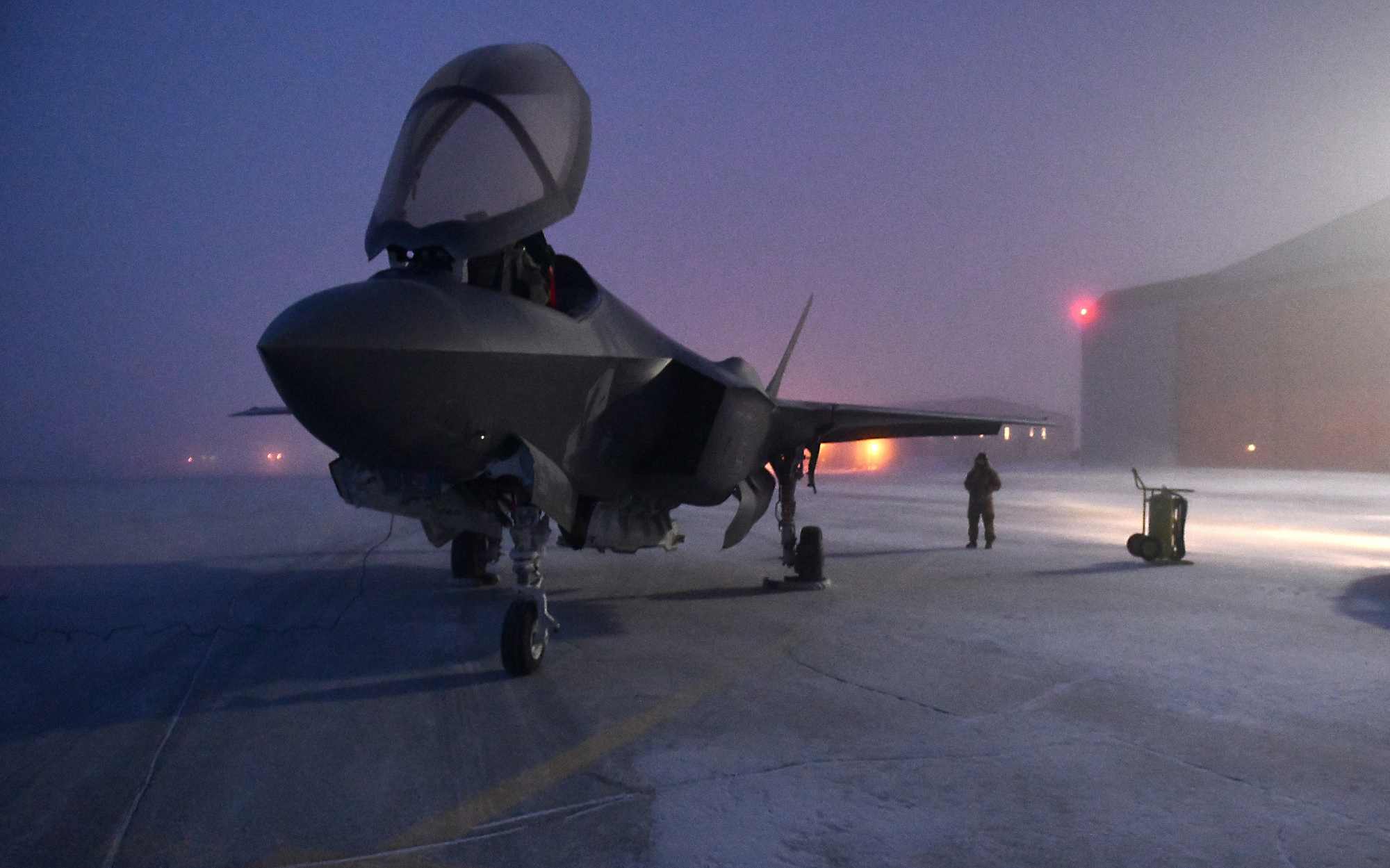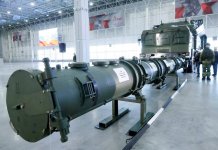A very advanced Russian Very High Frequency (VHF) Band Active Electronically Steered Array (AESA) radar, claimed to be capable of detecting even low-observable targets like F-35 stealth aircraft, seems to have been destroyed in Ukraine.
A video is doing the rounds on social media showing what appears to be the remains of a destroyed 1L119 “Nebo-SVU” radar. Ukrainian armed forces have released a video that shows the wreckage of the radar antenna and the control cabin.
This is probably the first documented case of this type of radar in the ongoing conflict in Ukraine.
The 1L119 “Nebo-SVU” Radar
Globally, the Russian military is known to be the primary user of VHF (Very High Frequency) band radars. The origin of this particular liking for the VHF band radars can be traced back to the late 1940s when Soviet designers came across the captured German equipment, which included the VHF band GEMA Wasserman and GEMA Mammut phased array equipment.
In the 1950s and 1960s, the Soviet defense industry developed and manufactured several VHF band radars, of which the most produced were the Knife Rest and Spoon Rest series radars used to support frontline combat aircraft and as acquisition radars for the early S-75 Dvina/SA-2 Guideline Surface to Air Missile (SAM) system.

Of these, the P-12NA of the Spoon Rest series radar is well known for having detected a Lockheed Martin F-117 Nighthawk, the first American operational aircraft to be designed with stealth technology.
The P-12NA was considerably different from the baseline P-12 and was redesignated as the P-18 Spoon Rest D and entered service during the early 1970s. The P-18 was deployed with Soviet Army air defense troops and widely exported to Soviet client states and Warsaw Pact nations.
In March 1999, during the NATO aerial bombing of what was then known as the Federal Republic of Yugoslavia as part of the Kosovo War, Colonel Zoltan Dani, then commander of the 3rd Battery of the Federal Republic of Yugoslavia’s 250th Air Missile Defense Brigade, managed to detect and shoot down an F-117 stealth fighter jet with the help of P-18 VHF acquisition radar.
According to The Aviationist, the Yugoslavs had carried out a series of in-field modifications in their P-18 radars, which further reduced the frequency and increased the wavelength of these radars, which enabled the radar under Dani’s command to detect the F-117 jet at a range of about 50 to 60 kilometers.

After that, the stealth aircraft was shot down by an S-125 “Neva” missile system (NATO reporting name, SA-3 “Goa”) at a range of around 12.8 kilometers. According to Sergeant Dragan Matić, the operator of this missile system, the surface-to-air missile radar was switched on for only around 17 seconds to keep the site from being detected by NATO’s SEAD (Suppression of Enemy Air Defense) aircraft.
By the late 1970s, Soviet military commanders sought a more capable mobile 2D VHF radar, which led to the development of the 1L13 Nebo SV radar by the Gorky Institute of Radio Engineering Russia’s (GNIIRT) under the leadership of chief designer IG Krylov.
The 1L119 “Nebo-SVU” radar is an improved version of the 1L13 Nebo SV radar. Also developed by Krylov, this radar was first revealed in 2001. It is the first Russian VHF Band Active Electronically Steered Array (AESA) antenna-equipped radar.
The VHF band radars typically operate between one- and three-meter wavelengths. Electromagnetic radiation is known to scatter from bodies smaller than their wavelength. This phenomenon is called Rayleigh scattering.
Russian 3D VHF AESA Radar 1L119 NEBO SVU was detected & destroyed by Ukrainian Army. pic.twitter.com/0n0JLoJghW
— Clash Report (@clashreport) April 9, 2023
However, due to their relatively long wavelength, the VHF radars usually lack sufficient accuracy to guide a missile to a target. The Russian designers aim to provide enough accuracy in a VHF radar to indicate the general vicinity of low RCS targets.
Therefore, the VHF-band Nebo SVU can cue the fire control radar of the fighter jets such as the Irbis-E radar onboard the Su-35, thereby enabling a narrower search and, thus, a longer detection range against very low observable (VLO) or Low Observable aircraft like American F-35 stealth jets, as discussed in detail by EurAsian Times.

The critics of the F-35 point out that the aircraft’s nose, inlets nozzle, and junctions between fuselage, wings, and stabs will present as Rayleigh regime scattering centers, as they are smaller than the two-meter band favored by Russian VHF radar designers.
According to experts, the Nebo SVU’s detection range for a target of 2.5m² Radar Cross Section (RCS) flying at an altitude of 10,000 meters is 270 kilometers. Based on that, the NEBO SVU should be able to detect an F-35, which has an estimated RCS of 0.25m² in the VHF band, at a range of around 152 kilometers.

And therefore, the destruction of Nebo SVU by the Ukrainian forces is significant, as it represents a very advanced ground-based early warning radar system for the Russian armed forces.
That said, it remains unclear how exactly the Ukrainian military managed to locate and destroy this radar system, as Russian designers contend that the VHF band radars usually sit well below the frequency coverage of anti-radiation missiles such as the AGM-88 HARM and MBDA ALARM, typically limited to L-band or S-band radars.
- Contact the author at tanmaykadam700@gmail.com
- Follow EurAsian Times on Google News




